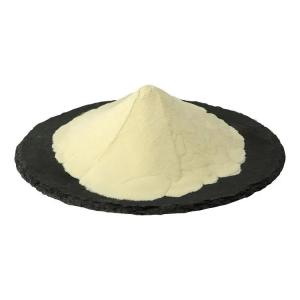News list
News Center
Hot Product
News
Phosphoric acid in balanced nutrient intake strategies
Time:2025-10-21
Phosphoric acid is commonly used in food and beverage manufacturing for its functional properties, such as pH regulation and flavor enhancement. Within the context of nutrition planning and dietary frameworks, its inclusion is considered alongside other nutrients and food components to support standardized nutrient intake strategies.
Role in Food Formulation
In food production, phosphoric acid helps maintain stability and consistency in processed products. Manufacturers consider its interaction with other ingredients, particularly minerals and macronutrients, to ensure uniformity in texture, taste, and shelf life. Its use is integrated into formulation guidelines to meet regulatory and labeling requirements.
Regulatory Considerations
Nutrient intake strategies often align with national and international regulations. Agencies provide specifications on allowable concentrations of phosphoric acid in different food categories. These regulations guide producers in incorporating it into products without exceeding set limits, supporting standardized dietary frameworks.
Nutritional Labeling
Accurate labeling of phosphoric acid content is part of broader nutrient tracking in foods. Clear ingredient disclosure enables consumers, researchers, and policymakers to monitor additive levels in the diet. Labeling standards facilitate transparency in product composition and ensure consistency across different food items.
Integration in Dietary Planning
Phosphoric acid is considered within the context of overall nutrient composition rather than as an isolated component. Its presence in foods is accounted for in nutrient databases and dietary assessment tools, which are used to develop balanced intake strategies and food supply monitoring programs.
Industry Standards and Monitoring
Food industry standards provide guidance on consistent usage of phosphoric acid in production processes. Monitoring programs, both internal and regulatory, ensure that products meet prescribed concentrations, align with labeling standards, and adhere to international trade requirements.
Conclusion
Phosphoric acid is an integral component in food formulation and production, and its use is guided by regulatory frameworks and industry standards. By incorporating it within balanced nutrient intake strategies, manufacturers and policymakers can ensure consistent and transparent management of food composition in the broader context of dietary planning.
Role in Food Formulation
In food production, phosphoric acid helps maintain stability and consistency in processed products. Manufacturers consider its interaction with other ingredients, particularly minerals and macronutrients, to ensure uniformity in texture, taste, and shelf life. Its use is integrated into formulation guidelines to meet regulatory and labeling requirements.
Regulatory Considerations
Nutrient intake strategies often align with national and international regulations. Agencies provide specifications on allowable concentrations of phosphoric acid in different food categories. These regulations guide producers in incorporating it into products without exceeding set limits, supporting standardized dietary frameworks.
Nutritional Labeling
Accurate labeling of phosphoric acid content is part of broader nutrient tracking in foods. Clear ingredient disclosure enables consumers, researchers, and policymakers to monitor additive levels in the diet. Labeling standards facilitate transparency in product composition and ensure consistency across different food items.
Integration in Dietary Planning
Phosphoric acid is considered within the context of overall nutrient composition rather than as an isolated component. Its presence in foods is accounted for in nutrient databases and dietary assessment tools, which are used to develop balanced intake strategies and food supply monitoring programs.
Industry Standards and Monitoring
Food industry standards provide guidance on consistent usage of phosphoric acid in production processes. Monitoring programs, both internal and regulatory, ensure that products meet prescribed concentrations, align with labeling standards, and adhere to international trade requirements.
Conclusion
Phosphoric acid is an integral component in food formulation and production, and its use is guided by regulatory frameworks and industry standards. By incorporating it within balanced nutrient intake strategies, manufacturers and policymakers can ensure consistent and transparent management of food composition in the broader context of dietary planning.


 CN
CN





